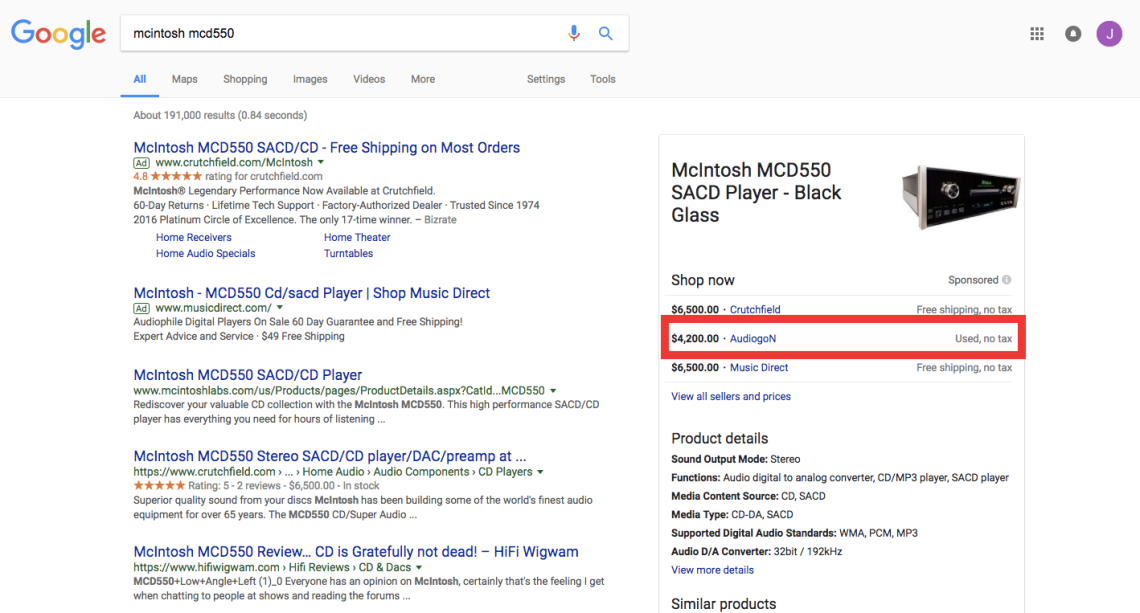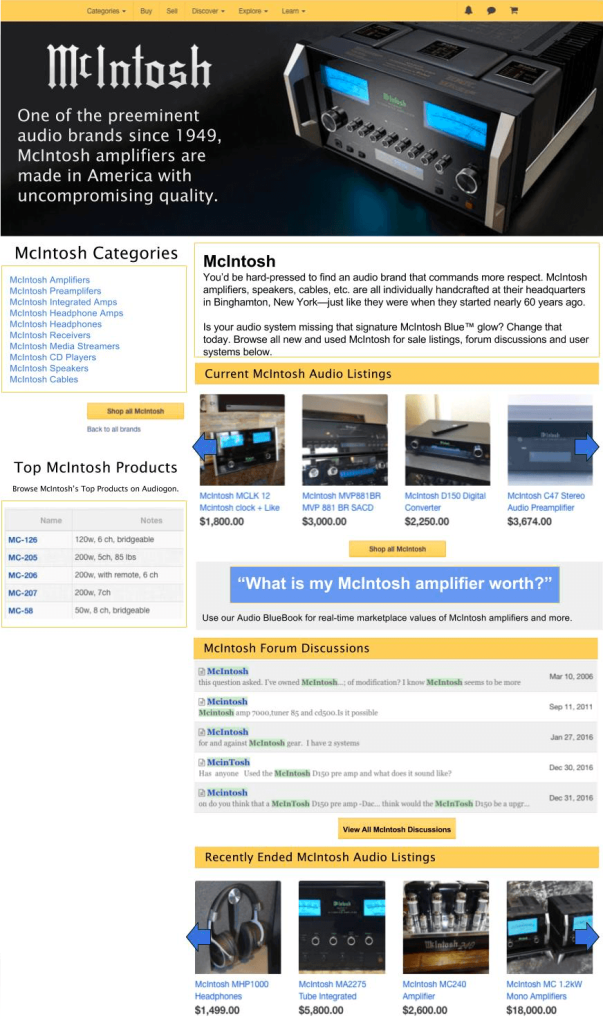A few weeks ago, we changed the way you begin a listing. Instead of typing in the brand and model directly, these fields are now populated drop-downs that return results as you type.
There has been mixed feedback on the switch. For some, it saved them a few keystrokes. While others, whose product was not yet in our database, it added a few keystrokes, as they needed to click the links below the fields to create the brand or model first.

Further adding to the confusion was the fact that we didn’t do an adequate job educating our users on the new process. We want to correct that now.
We’ve heard a lot of “It wasn’t broken. Why change it?”
The answer is: Structured Data!
We know. That sounds boring—and since no one will probably make it this far in the blog post after reading the words “Structured Data” I can be honest and admit I fell asleep twice while writing and proofreading—but it actually provides for an exciting future.
Simply put, Structured Data are things like brand names, UPCs, Manufacture Product Numbers. Titillated yet? No? Well, check this out: Structured Data allows Audiogon to connect more buyers to your product. Do we have your attention now?
We want to outline what this change means both for Audiogon and for our users. We’ve separated it into two parts: The Boring Stuff and The Exciting Stuff. Strap on that seat belt, baby. You’re in for a wild ride.
The Boring Stuff
Validation
Validating the brand and model allows us to avoid misspellings and mis-formattings. We now know that all listings of a particular item are for that exact item, avoiding confusions with special editions (SE) or other model variants.
Consistency
Validating provides for consistency. We can now ensure that every Marantz CD-63 mkII is actually a Marantz CD-63 mkII, and not a CD63MKII or a CD-63MK2. We know our users would never commit such a folly, but every now and then there’s fallibility. Structured Data cuts down on those rare events.
We can begin to apply product IDs in our database to treat every product as its own unique entity, and group all of the same ones together for other purposes.
Increased Visibility
Have you heard about this thing called “The Internet”? It’s insane. Could be huge. Well, for us to get your item in front of more people, we have to bow to the whims of companies with strange names like Google and Bing.
To do that we need accurate product information, and the best way to get that is standardizing products so that we can attach data to them. We’ll be able to reach a much larger audience through organic and paid channels, connecting shoppers to your item quicker and increasing the opportunity for a sale.

The Exciting Stuff
Builds Foundation
With structured data in place, we can begin to seamlessly reference and integrate brands and products across all of Audiogon’s properties: Virtual Systems, Bluebook and Forums.
The beginnings of this are present on our brand pages. We have big redesign plans that expand these pages beyond just existing listings as soon as the database supports it. Below is a rough sketch.

The Future
This pivot to unified data sets us up to roll out improved functions and features, both big and small, in the future that will directly benefit you. Below are some examples of things we have on our roadmap.
Improved Watchlist
Our watchlist can now be more accurate.
More Precise Bluebook
Bluebook will be able to parse listings better and calculate an even more precise market value.
Category/Subcategory Matching
We store category and subcategory information in Bluebook. Eventually, you’ll select your brand and model to start a listing and then the category and subcategory will pre-populate on the Item Details page, saving you precious seconds (but also keeping things consistent across the site).
Product Data Vault
We already use Bluebook as a repository for basic product information, but we can begin fetching data from different services and attaching more robust data like features and specs to products. Those could be used for research and comparison purposes.
A practical application for this would be that product specs get automatically included in your listing, freeing you from having to supply that information by scouring the internet or transcribing the manual.
Oh, yeah, we can begin housing product manuals, as well.
Expanded Brand and Product Pages
Like the above mock-up, we will be able to link and pull information from all across the site and compile it. So, not just brand pages, but product pages for popular items. Compare pages for items shoppers regularly evaluate against each other. And more.
Universal Shopping Experience
Imagine a shopper is looking at Virtual Systems, and they fall in love with a turntable in someone’s set-up. The components are now clickable. As they scroll through, they click on the turntable link, which takes them to a page displaying all current listings of that product. You happen to have that item listed, and they buy it. You are now thousands of dollars richer. Wow! Thank you, Audiogon!
Better Search Engine/Advertising Performance
We touched on this previously, but this shift results in improved rankings on search engines and better performance on comparison shopping engines (Hifi Shark) and paid channels (Google Shopping).
Last month, we drove over 34,000 clicks to items on our site through Google Shopping. There is demand for the products you list on Audiogon, and we want to make sure that shoppers can easily find what they are looking for.
